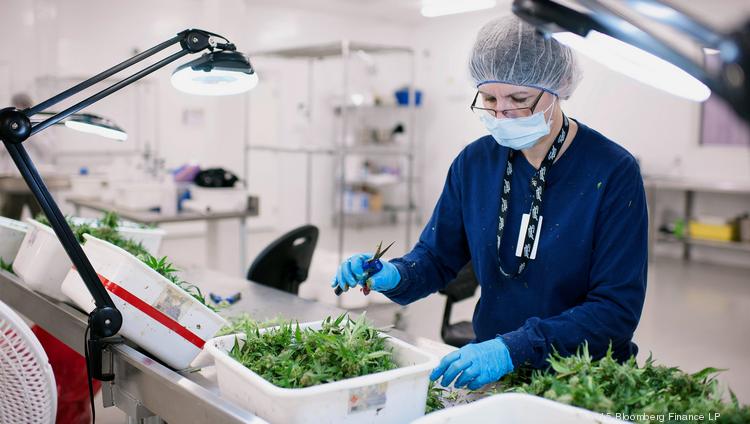You are here
Home 🌿 Medical Cannabis News 🌿 Surge in cannabis use among youth preceded legalization in Canada 🌿Surge in cannabis use among youth preceded legalization in Canada

A recent study using data from more than 230,000 questionnaires by Canadian high school students in grades 9 to 12 found that almost 10 per cent reported having used the drug at least once per week in 2017-18, with a further 18 per cent saying they had used it at least once in the last year.
Both weekly and occasional use reached their lowest points in 2014-15 (9 percent and 15 percent respectively) and have since been rising steadily.
"The problem was developing while legalization was being discussed, but well before concrete steps to change the law were taken," said lead author Alex Zuckermann, a post-doctoral fellow with the Public Health Agency of Canada working in the School of Public Health and Health Systems.
"With medicinal use more widespread and talk of total legalization starting, we saw a shift in public perception starting around 2014. Before that, youth cannabis use was declining. These changing social norms may have contributed to rising youth use."
The work used data from the COMPASS Study, an annual survey of high school students in grades 9 to 12 in Ontario and Alberta. The demographic groups that saw the biggest increases since 2014-15 were female and Indigenous youth. Weekly use for females went from 7 to 8 percent, and occasional use from 17 to 19 percent during this time period. Indigenous youth weekly use went from 23 to 25 percent, and occasional use from 18 to 21 percent.
"We often think of male youth when we talk about drug use, but here female students are driving increases. Historically, their use has been more stigmatized, so normalization may be having a bigger effect," said Zuckermann. "We also see that Indigenous youth start young and have by far the highest rates of current use, factors that will have long-term health implications and need to be addressed."
In 2017-18, rates of lifetime and past-year cannabis use were highest among male (33 and 29 percent) and Indigenous students (55 and 46 percent), and lowest among Asian students (17 and 14 percent). Female students stood at 31 percent for lifetime use and 26 percent in the past year.
"The ability to track multiple risk factors among youth over time and maintain ongoing data systems like COMPASS can provide valuable information to policymakers," added Scott Leatherdale, principal investigator and a professor in the School of Public Health and Health Systems. "It helps to provide the necessary evidence to learn from new policy implementation."
420 Intel is Your Source for Marijuana News
420 Intel Canada is your leading news source for the Canadian cannabis industry. Get the latest updates on Canadian cannabis stocks and developments on how Canada continues to be a major player in the worldwide recreational and medical cannabis industry.
420 Intel Canada is the Canadian Industry news outlet that will keep you updated on how these Canadian developments in recreational and medical marijuana will impact the country and the world. Our commitment is to bring you the most important cannabis news stories from across Canada every day of the week.
Marijuana industry news is a constant endeavor with new developments each day. For marijuana news across the True North, 420 Intel Canada promises to bring you quality, Canadian, cannabis industry news.
You can get 420 Intel news delivered directly to your inbox by signing up for our daily marijuana news, ensuring you’re always kept up to date on the ever-changing cannabis industry. To stay even better informed about marijuana legalization news follow us on Twitter, Facebook and LinkedIn.




